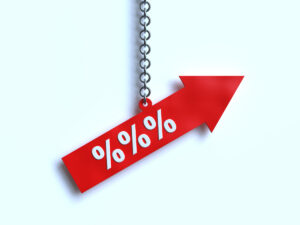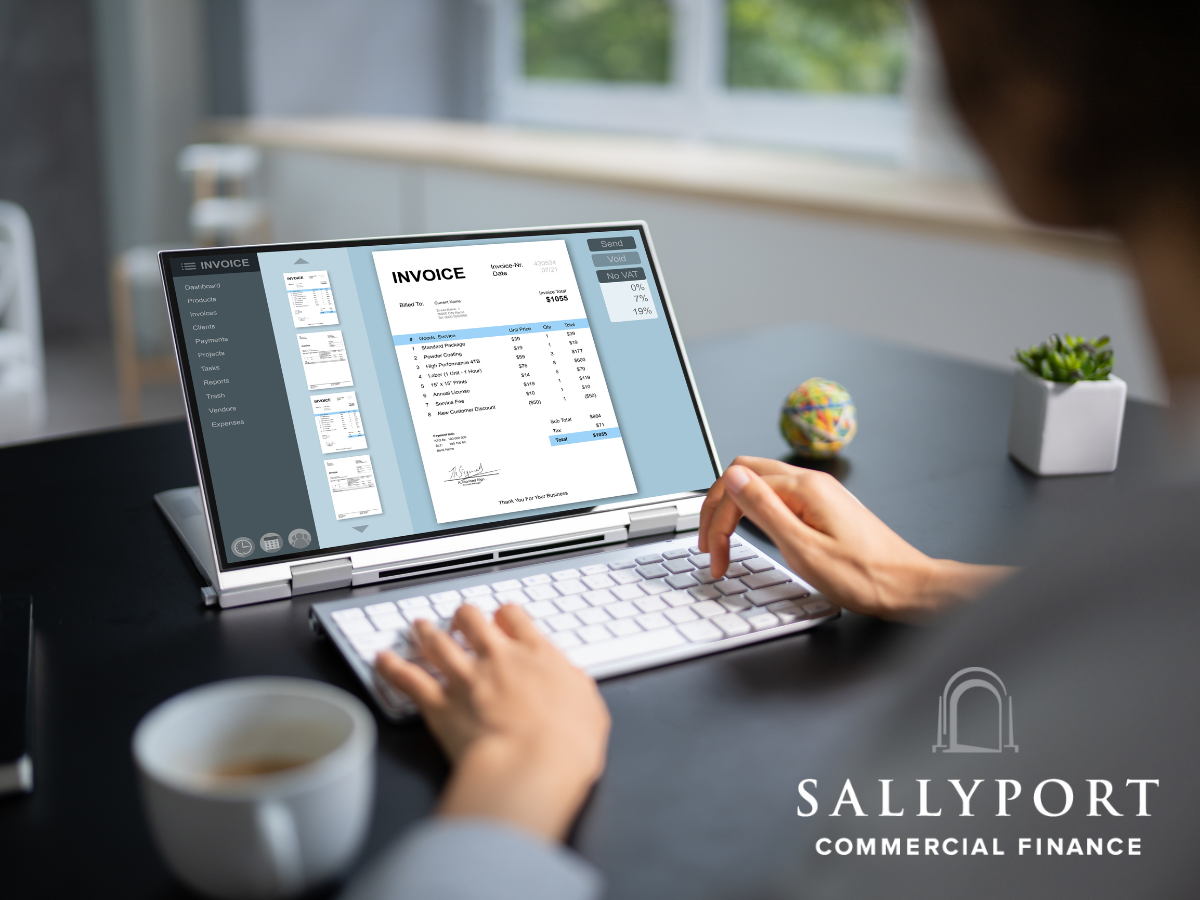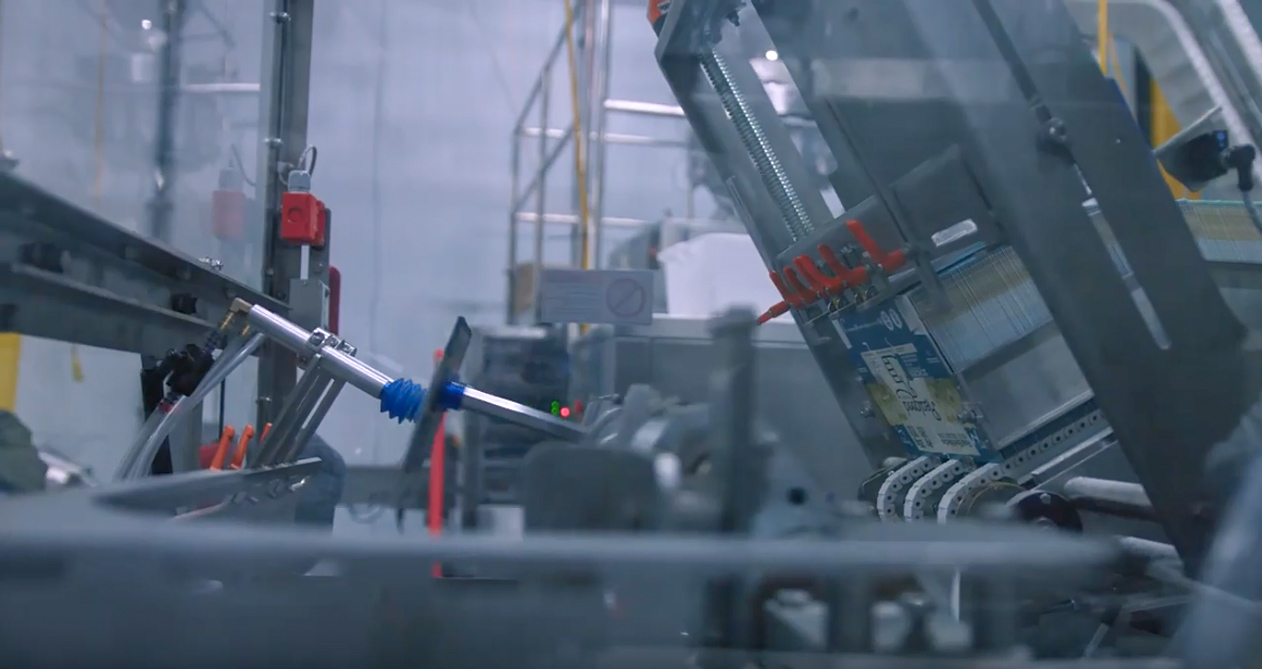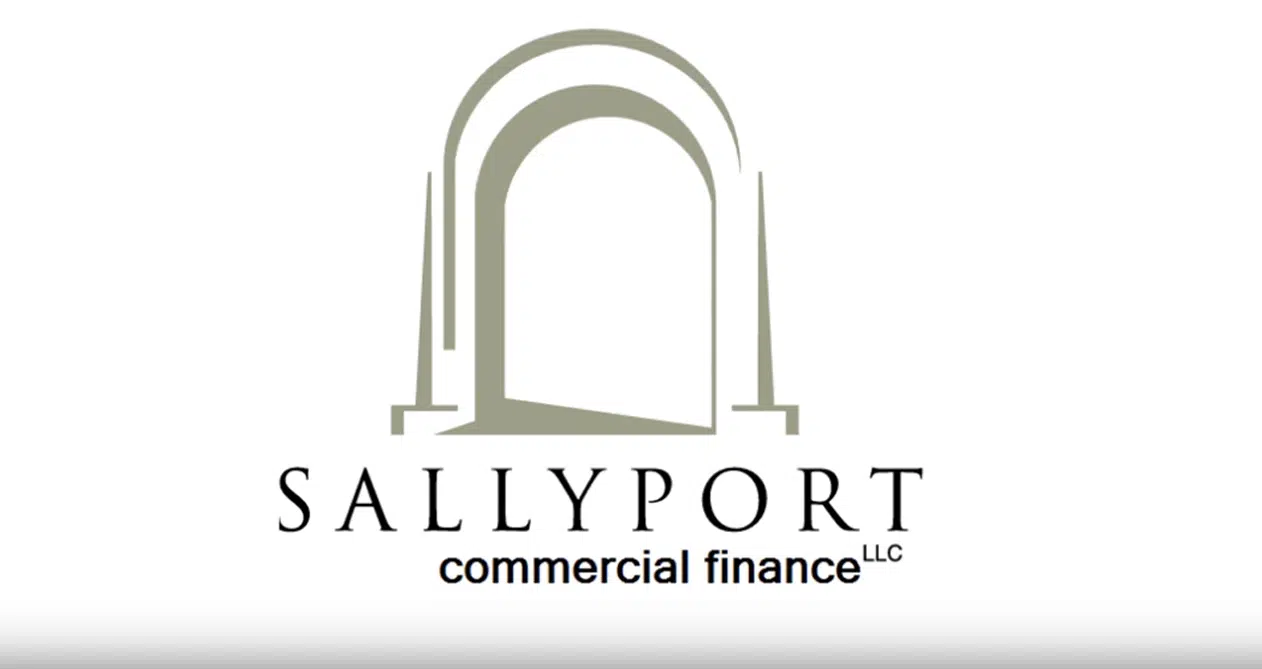Articles & Videos
Financing Business Through Interest Rate Risk

Just a few short months back business owners were earnestly trying to come back from Omicron and wondering whether they would be facing another blow to their recovery through a rise in interest rates. Fast-forward to now and there’s more certainty around where economic policy is headed in North America; interest rates have risen twice this year already in both the US and Canada with the US actioning the biggest rate hike in over two decades. Policymakers are not done yet either as all signs hint to increases through the rest of 2022 and maybe further, in a bid to temper out-of-control inflation.
As we discussed back in January, higher interest rates equals higher cost of doing business for those who have any kind of debt finance and our interest rate calculation scenario outlined how servicing a business’ debt could easily escalate. For businesses that operate on very thin margins, this increased expense could prove the difference between profit and loss and business owners should act early to mitigate against interest rate risk for the remainder of the year. Here are 8 things for business owners to consider…
Act Now to Secure Finance
If you think you’re going to need additional finance in the near-term, even in the next few years, act now and get it in place before rates climb further. Particularly if business credit rating is on the average-to-poor side, accessing traditional loans will become more difficult as lenders impose more stringent terms.
Convert Existing Variable-Rate Finance to Fixed Rate
Financing with variable-rate loans has been a good strategy as interest rates have been historically low for a number of years but as rates rise, lenders move quickly to protect their profitability and that additional interest will start to eat into your cash flow. What would a few percentage points mean to your business? Maybe thousands more in additional expense on the balance sheet at the end of the year, which could be put to better use elsewhere. Financing away from variable-rate loans, lines of credit and so on will save the business money and protect valuable cash flow.
Eliminate or Transfer High Interest Debt
Just as consumers pay-down high-interest debt as rates go up, businesses should seek to do the same. Credit cards and merchant cash advances are typically very high interest financial products and should be used with caution, particularly as rates are increasing. As an MCA agreement is based upon your expected card revenue, this can be especially concerning as continued contraction of the economy could result in a sales downturn as consumers reign-in their own spending and this then renders you potentially unable to pay within the terms of the MCA.

Consider Alternative Sources of Finance
Debt financing through traditional loans isn’t the only option available for finance. Quite often, alternative finance options such as invoice factoring doesn’t add any debt to the company balance sheet. Asset based loans, secured on the business’ collateral provides another option for businesses that want to steer clear of higher-interest finance but don’t have sufficient trading history to qualify for bank loans or they’ve exhausted their bank credit due to rapid growth and the bank has become more cautious about extending further.
Although rates will creep up with non-traditional lenders, they often provide a more flexible, collaborative approach to financing that fits a short-term need. The good news is there’s a multitude of options out there for business owners, you just need to find out what’s available to you and act early.
Reassess Capital Structure
Most businesses will be financed by a combination of debt and equity but as interest rates rise, it could be a pertinent time to reassess your capital structure. Increasing your equity ratio by selling part of the business may be an option to raise cash but diluting your company ownership should not be undertaken lightly and not without consulting professional advisors. The Corporate Finance Institute offers a view on optimal capital structure but what’s right for one business may not be right for another, optimal capital structure is dependent on many variables.
Assess the Impact on Currency and Exports
Generally, currency gains value (becomes stronger) as interest rates rise, making it less appealing for overseas businesses to buy your products or services. If exporting is a big part of your business, it’s wise to audit your position here and speak to the bank about how you might protect yourself from currency fluctuations. Forward contracts could be one way to mitigate the impact of higher rates on your foreign currency transactions.
It’s not just Debt that’s Impacted By Interest Rate Rises
Servicing debt becomes more expensive as interest rates go up, but there are other expenses that also need to be considered – the cost of repaying your commercial property mortgage, leases, vehicle and equipment rentals will also likely move north with rates. Audit all of your commitments and negotiate fixed-rate contracts where possible.
Consult with Professionals
Many businesses won’t ever have experienced a period of consecutive interest rate hikes and therefore may be taken aback by the impact on its liabilities and cash flow. If you’ve never taken the time to consult a finance professional, whether that’s your finance provider, planner or accountant, it’s advisable to do so before the additional debt expenses start to impact your ability to cover payables or make payroll.
Someone who has experienced the ebbs and troughs of interest rates throughout a businesses’ life cycle will be best placed to advise on what might be done to mitigate risk and how best to manage additional interest payments whilst at the same time not inhibiting plans for growth and expansion.
With or Without Debt Finance, Assess Your Position Now
Borrowing money has been cheap for businesses for a long-time and it would be easy for rising interest rates to catch you off-guard, particularly if the business struggles with inconsistent cash flow. Rising rates should be a concern for businesses with or without debt; even those with minimal debt liabilities will be reliant on suppliers who are impacted themselves by increasing costs in the supply chain.
Your strategy for mitigating risk to the business will depend on your unique perspective of what the market is doing, how it’s performed historically, the level of debt you hold and of course your personal tolerance to risk. Nevertheless you will need a strategy to manage the challenges posed by growing interest rates – proactivity in assessing your position and consulting professional help as needed, will be vital to success this year.
Sallyport works with many businesses who require tailored, flexible financing to meet their working capital needs in the short-term. Reach out to our team for comprehensive advice on your options today.
Search
News
$1M Funding Fuels Agri-Business Growth Across Borders
Sallyport is pleased to announce a new partnership with a Canadian agriculture business, providing a $1,000,000 Accounts Receivable facility to…
Read MoreFueling EdTech Growth with $5.5M in Tailored Financing
Sallyport is excited to support a forward-thinking education technology company with a $5.5M combined Asset-Based Lending facility, including Accounts Receivable…
Read MoreArticles
A Guide to Credit Terms for Business
Credit terms are a fundamental aspect of business operations, influencing relationships between companies, cash flow management and impacting overall financial…
Read MoreUltimate Year End Review for Business Owners
We’ve reached the final few weeks of 2022 and whether December is a busy time or a quieter period for…
Read MoreVideos
Popkoffs Client Testimonial
Popkoffs Client Testimonial
View Now



